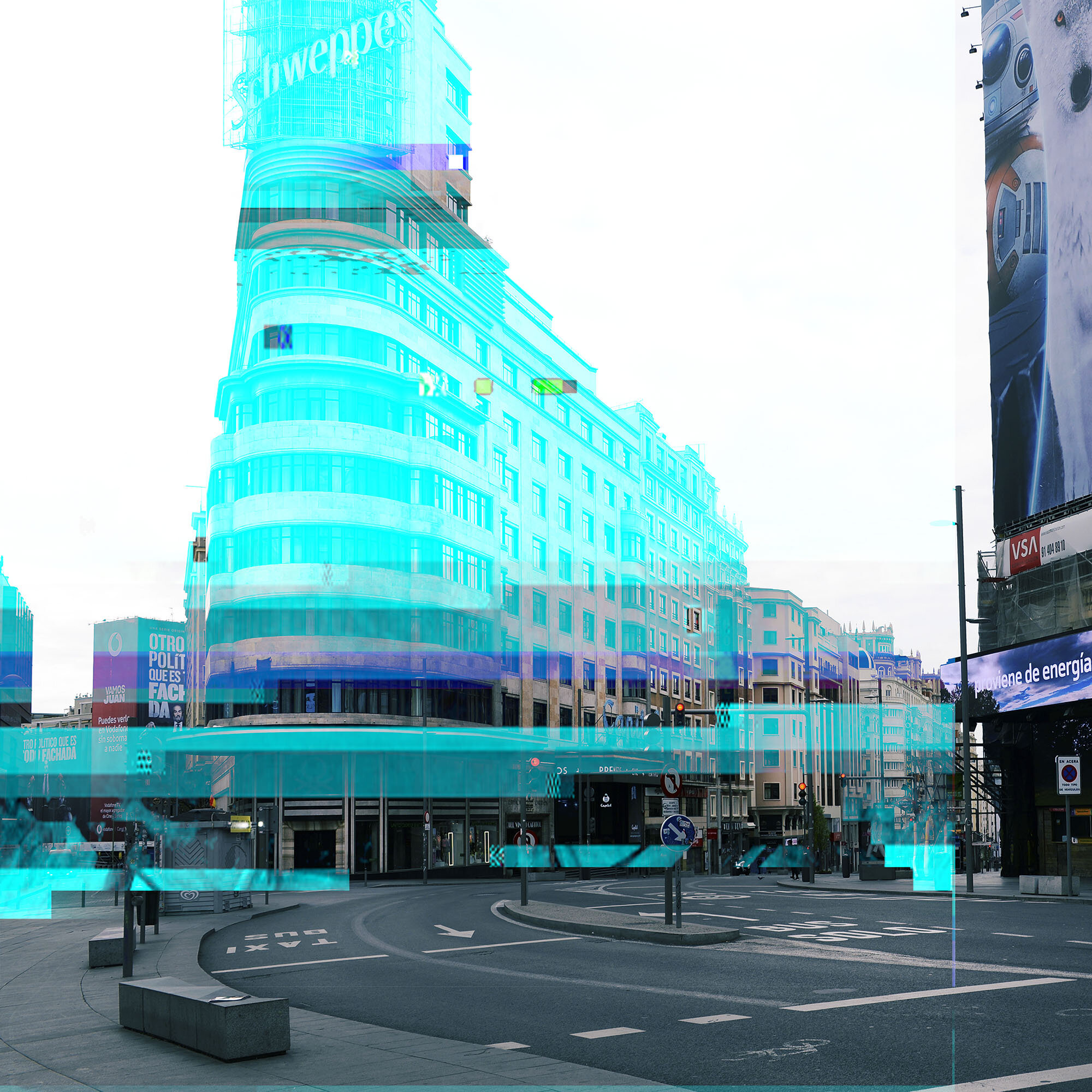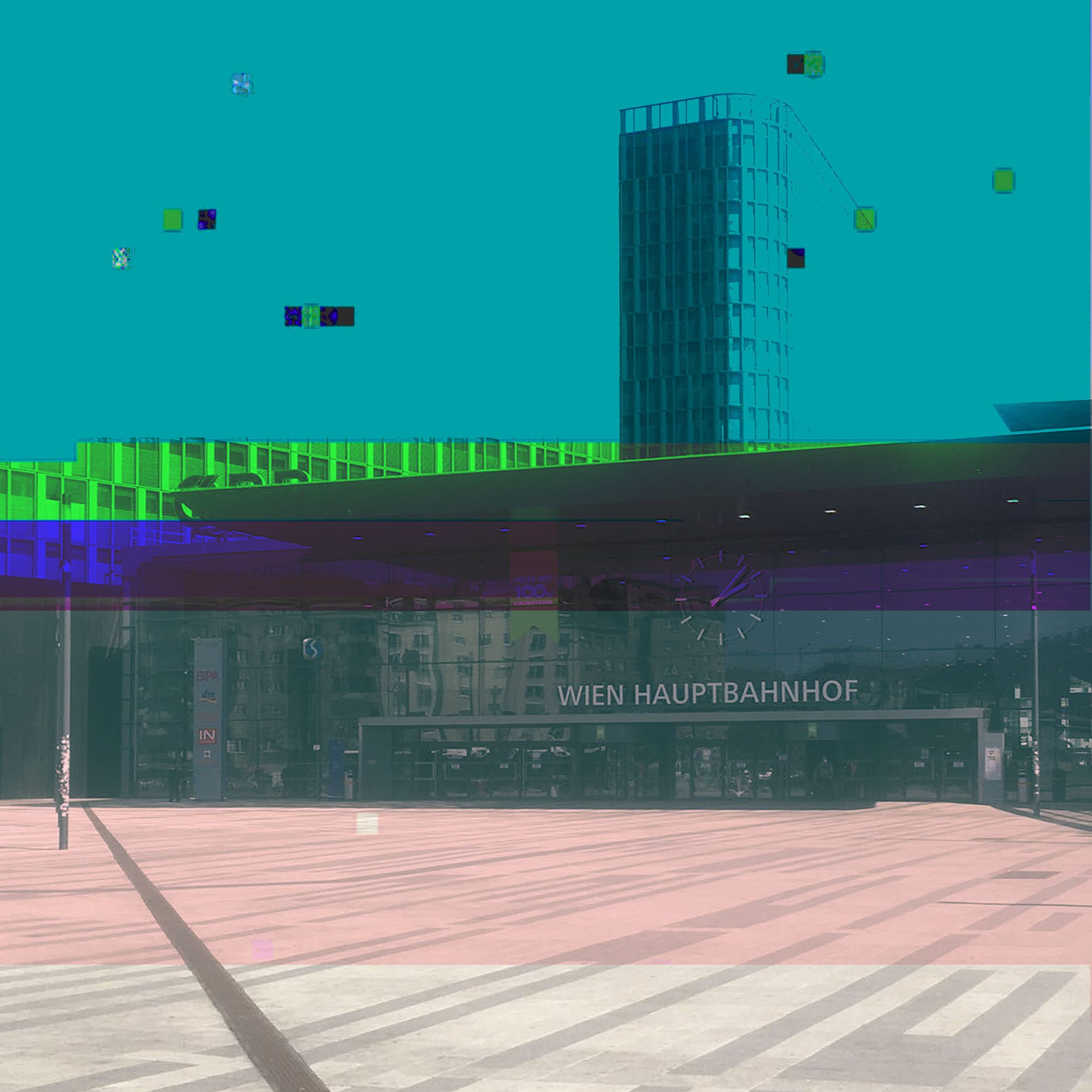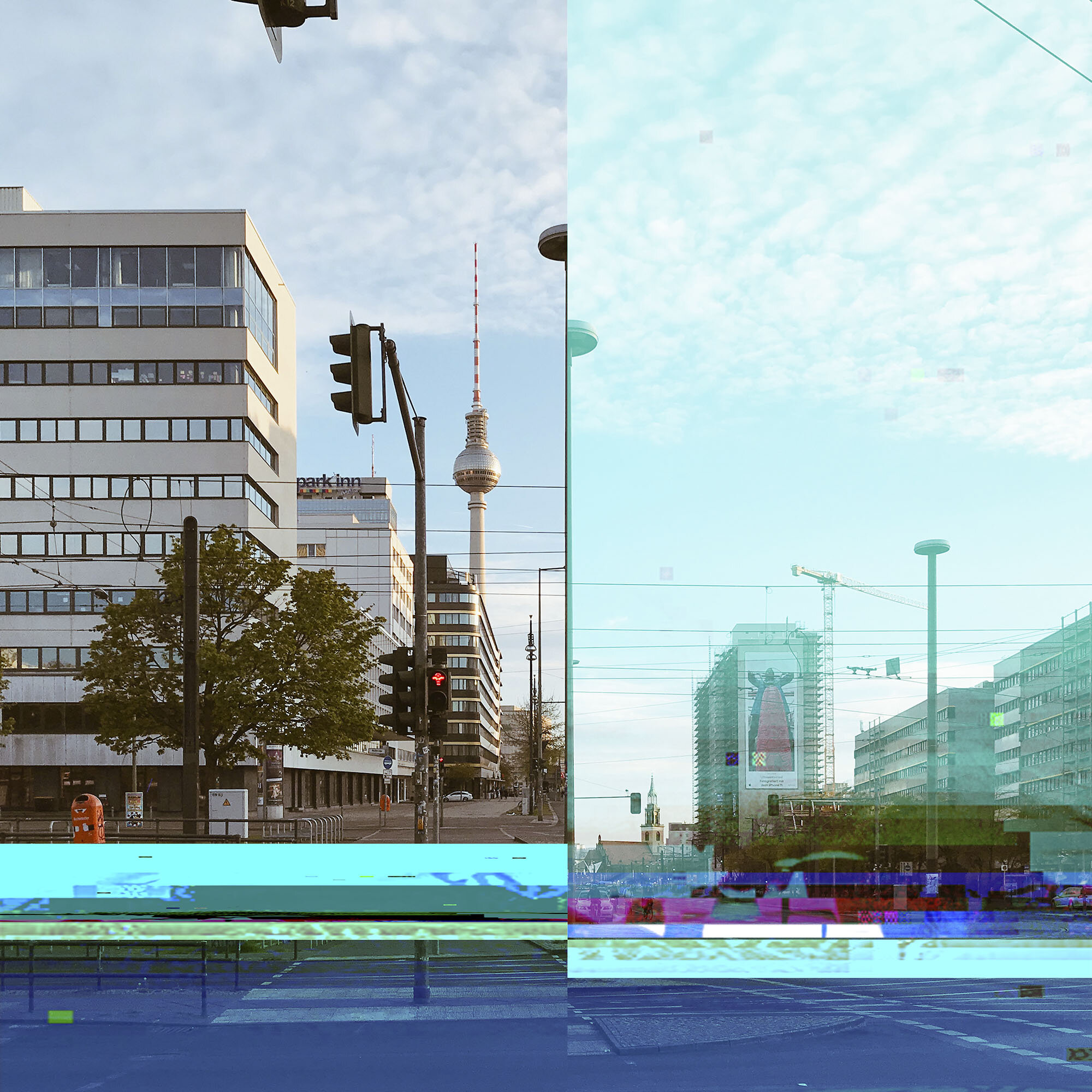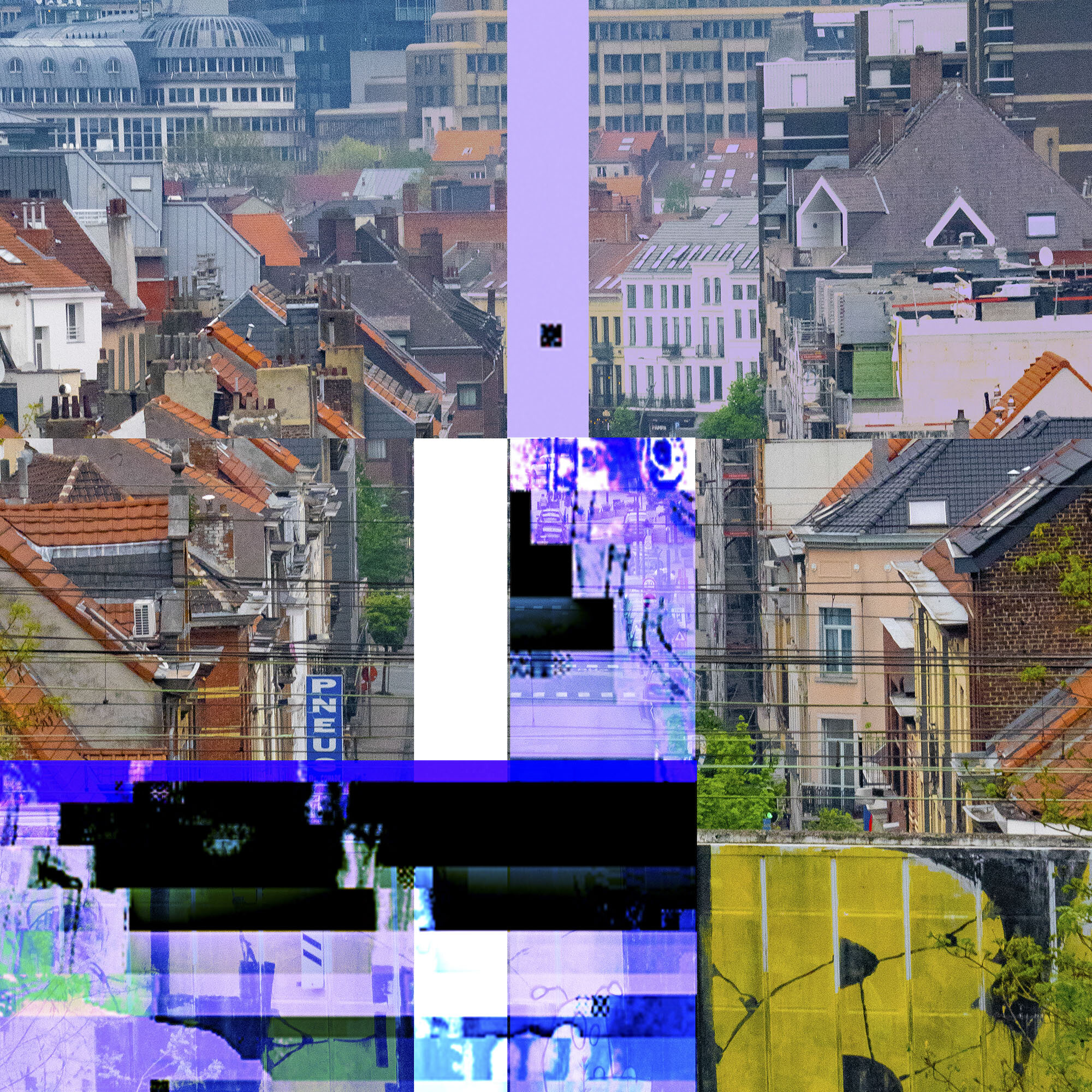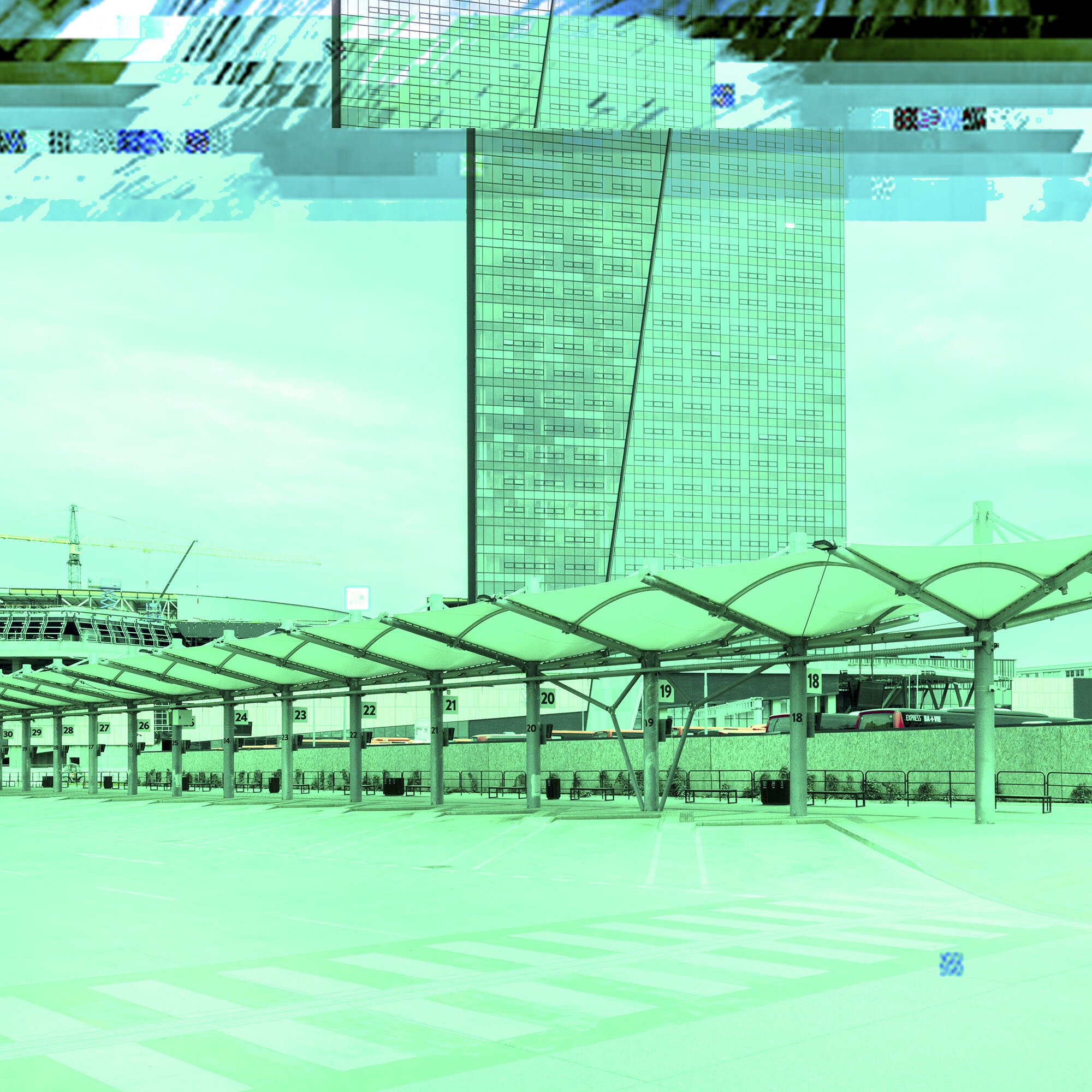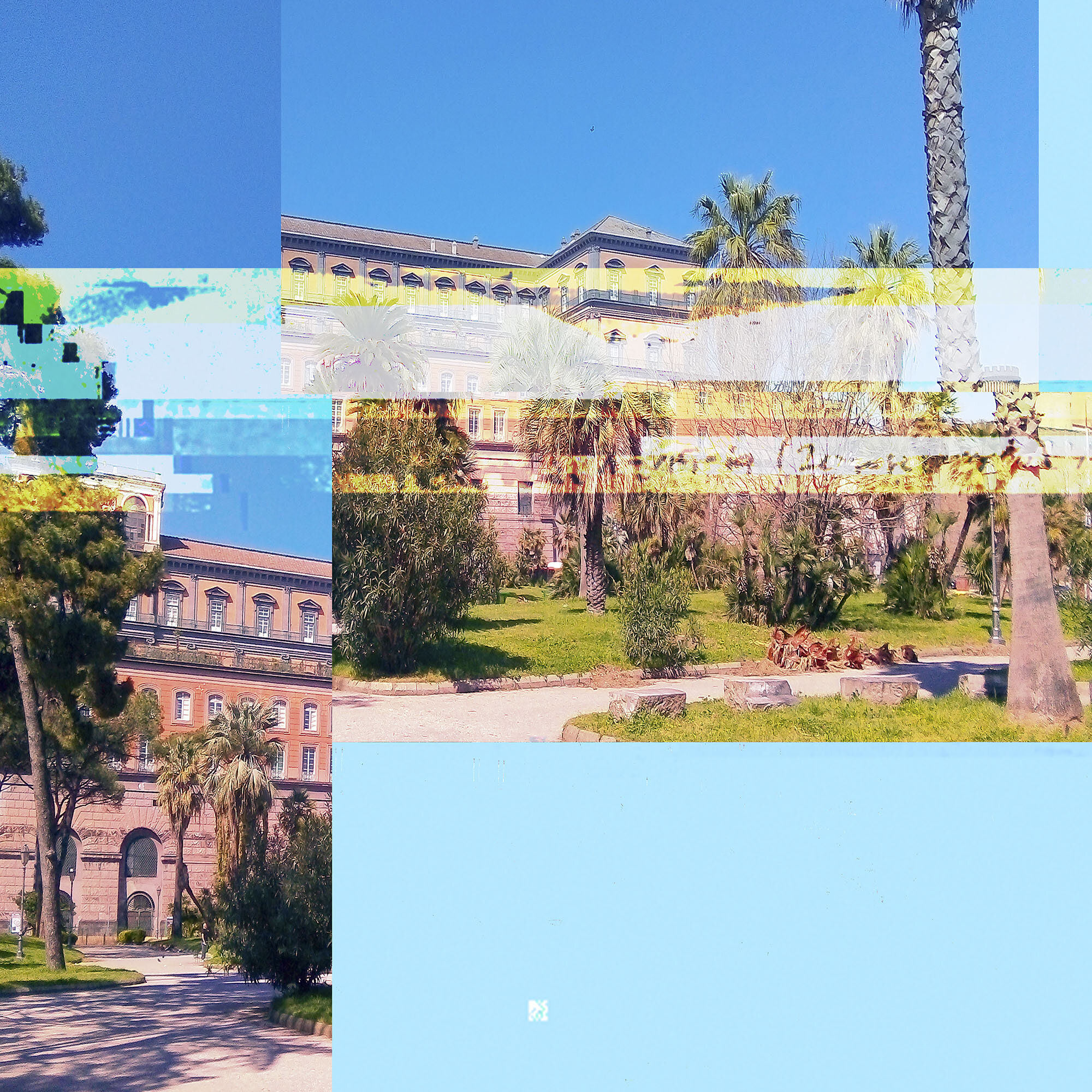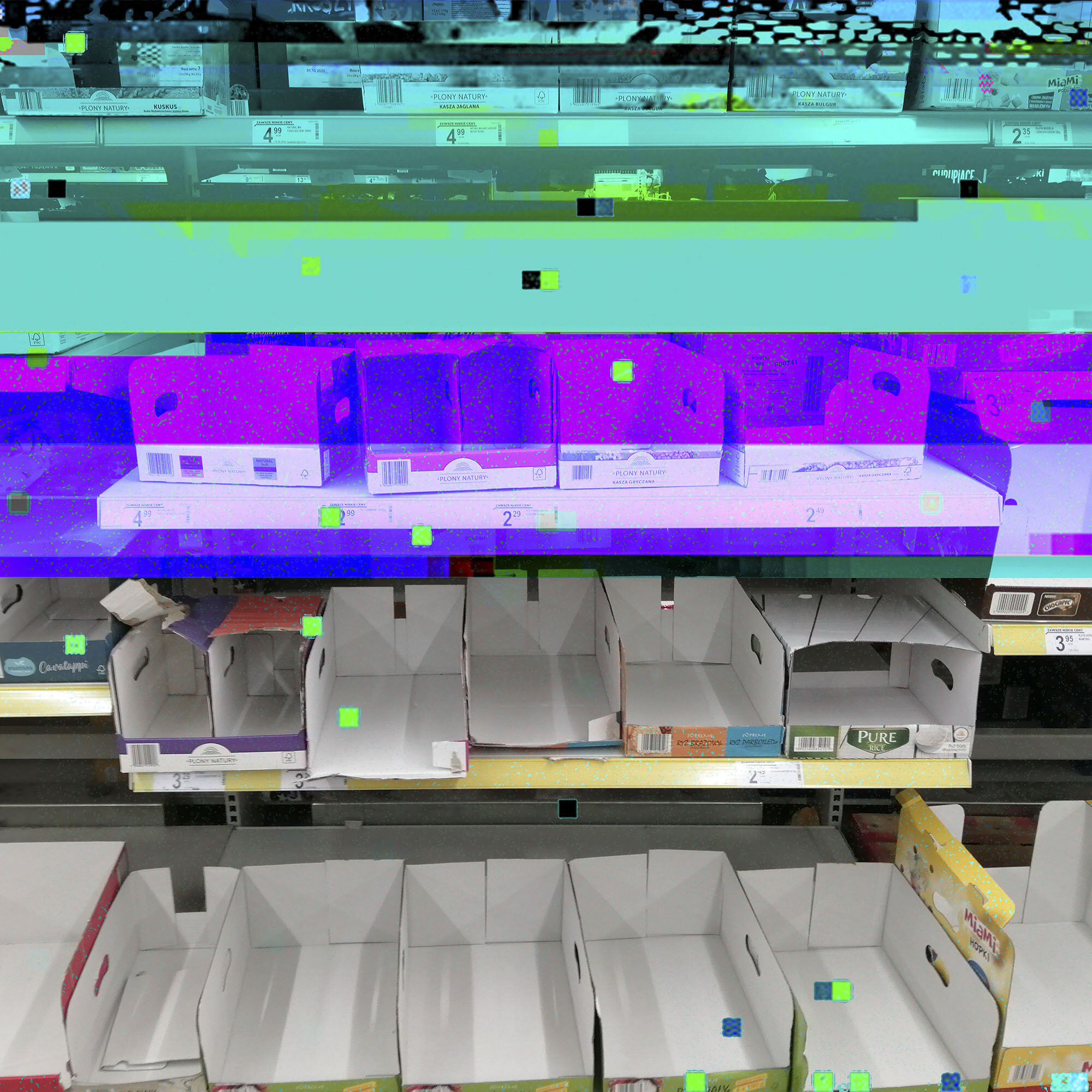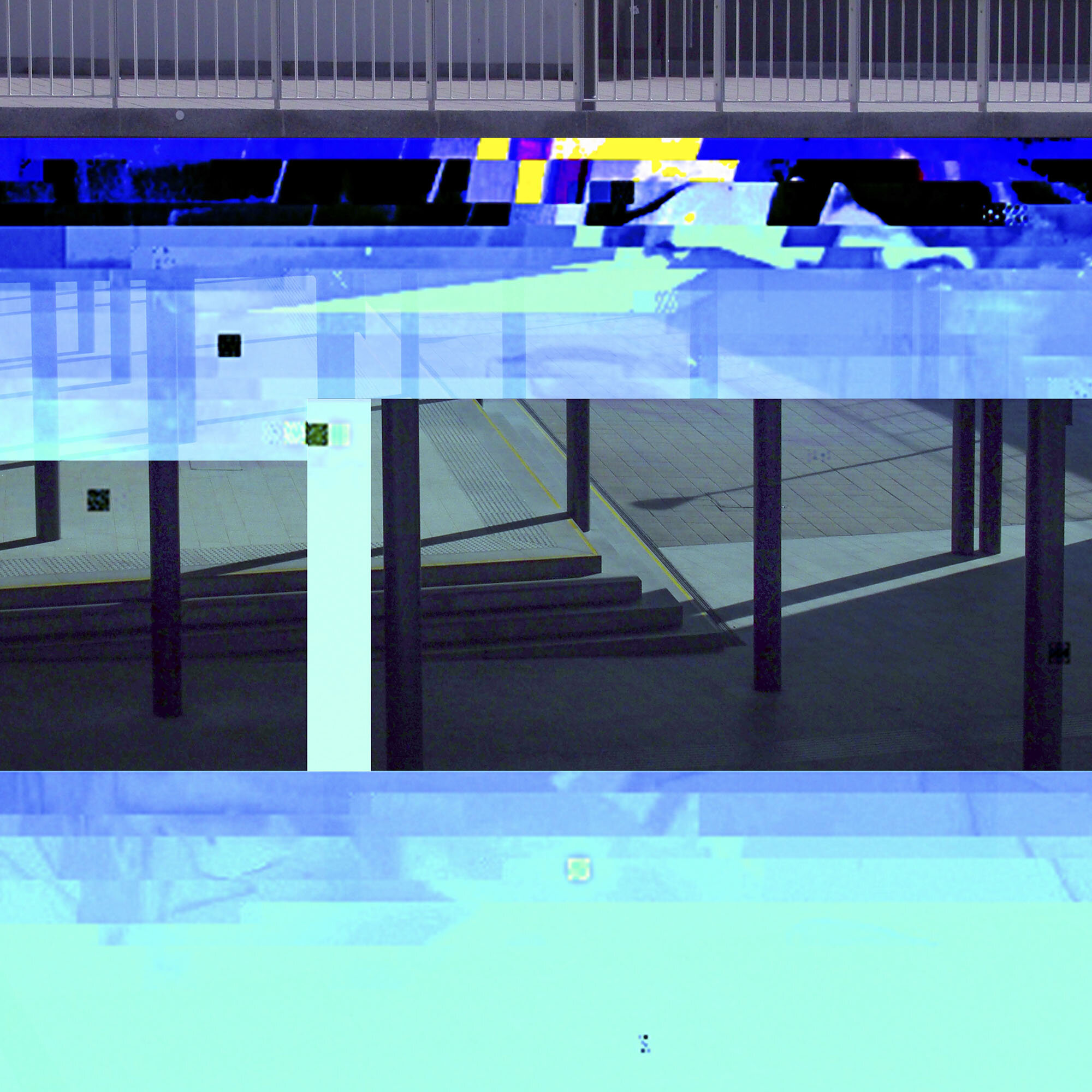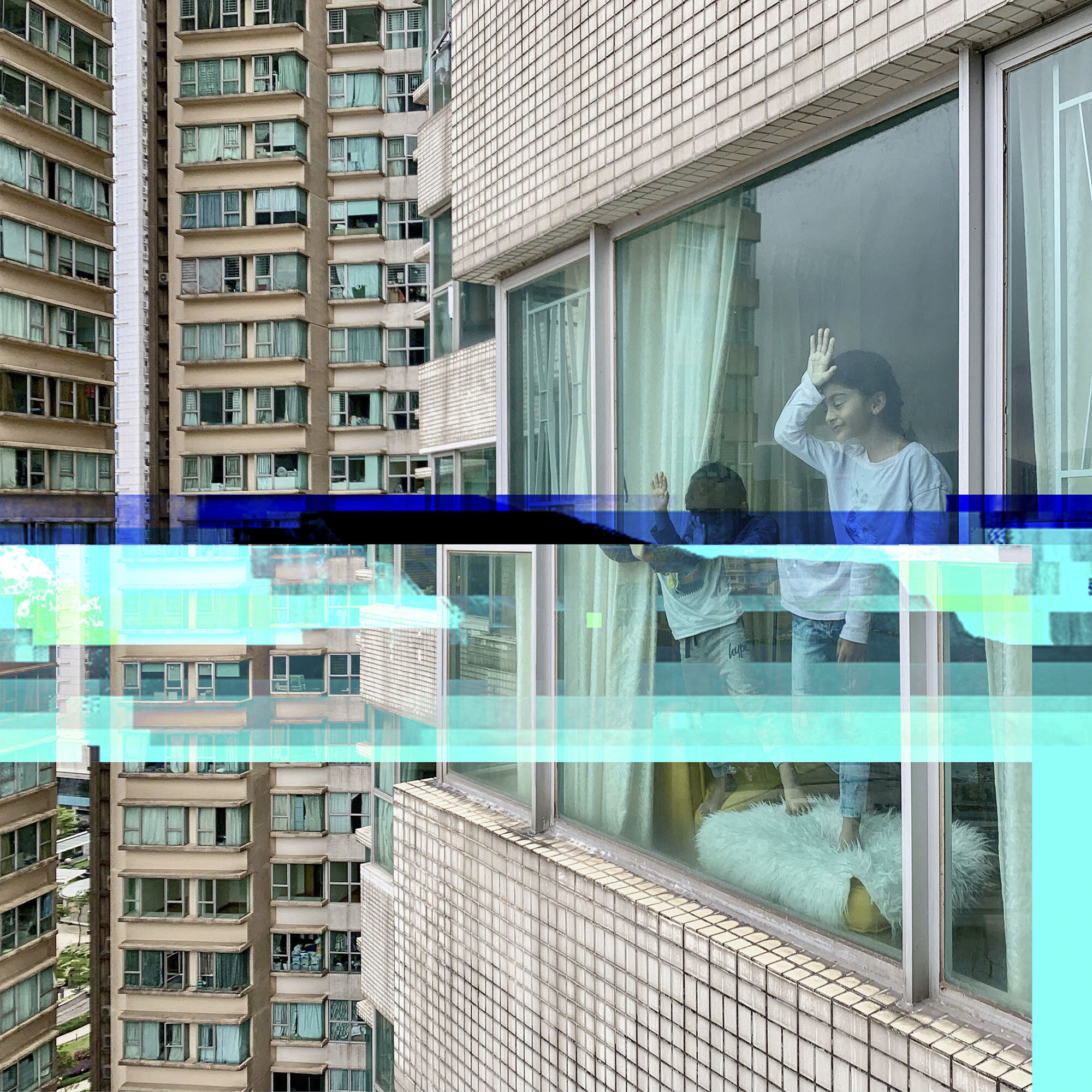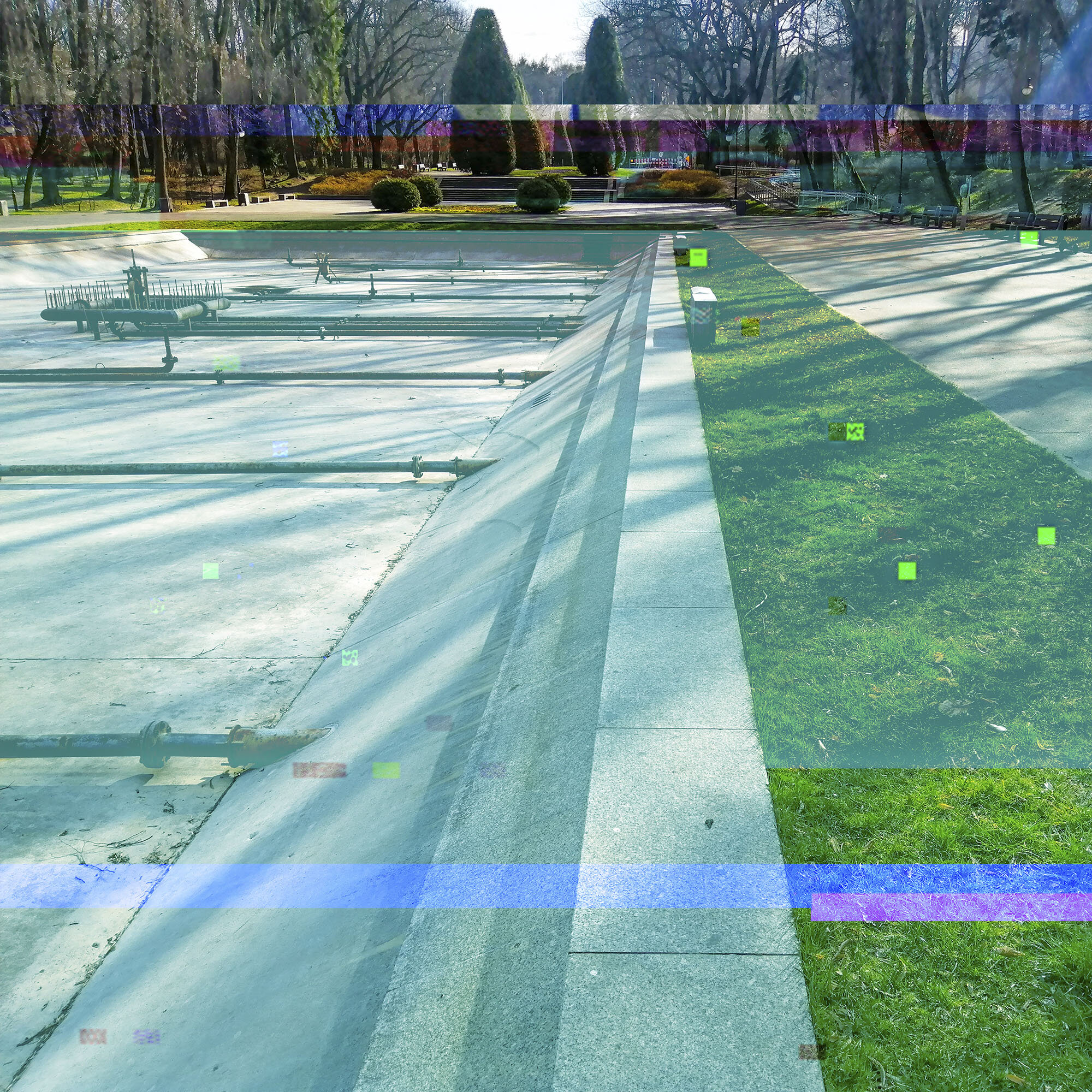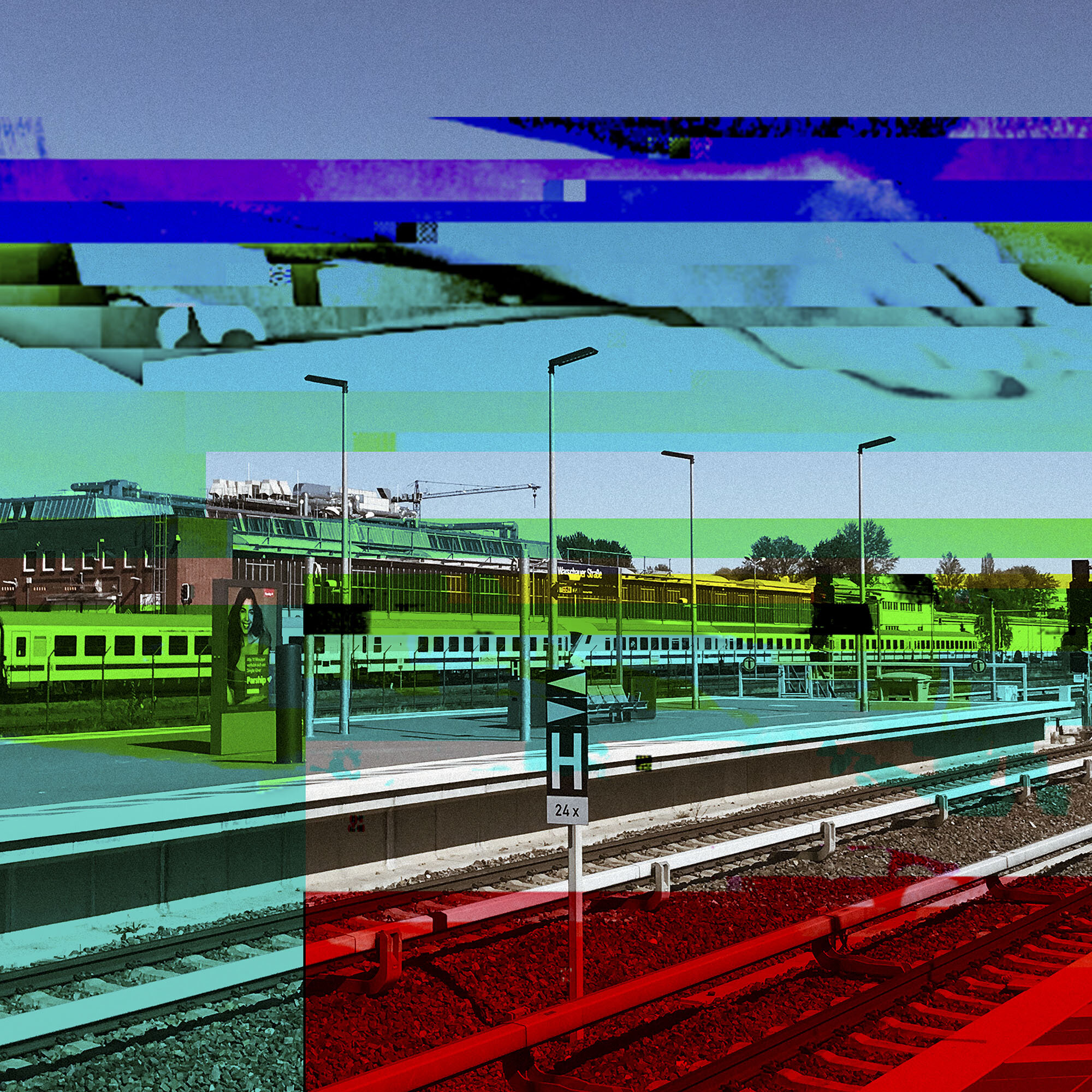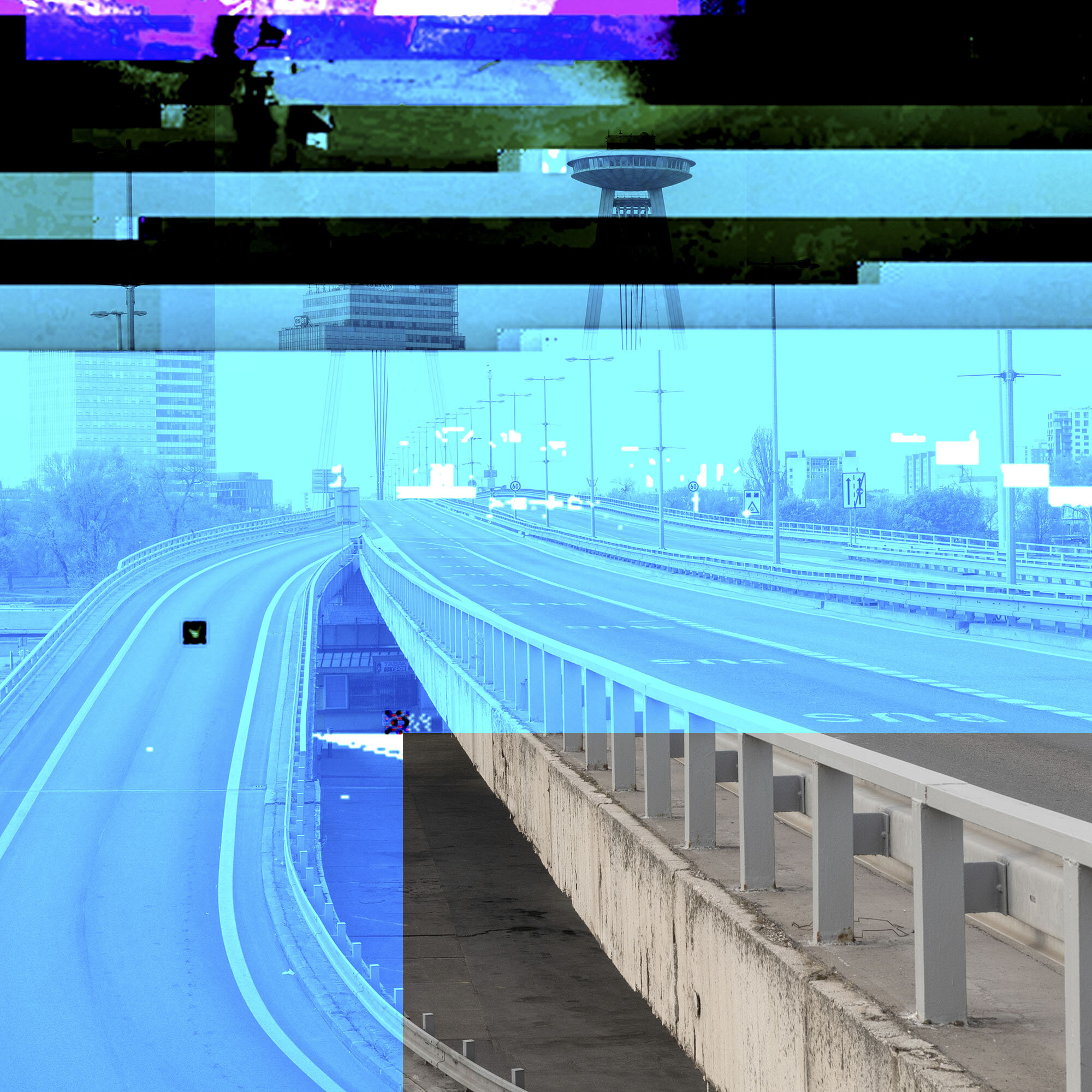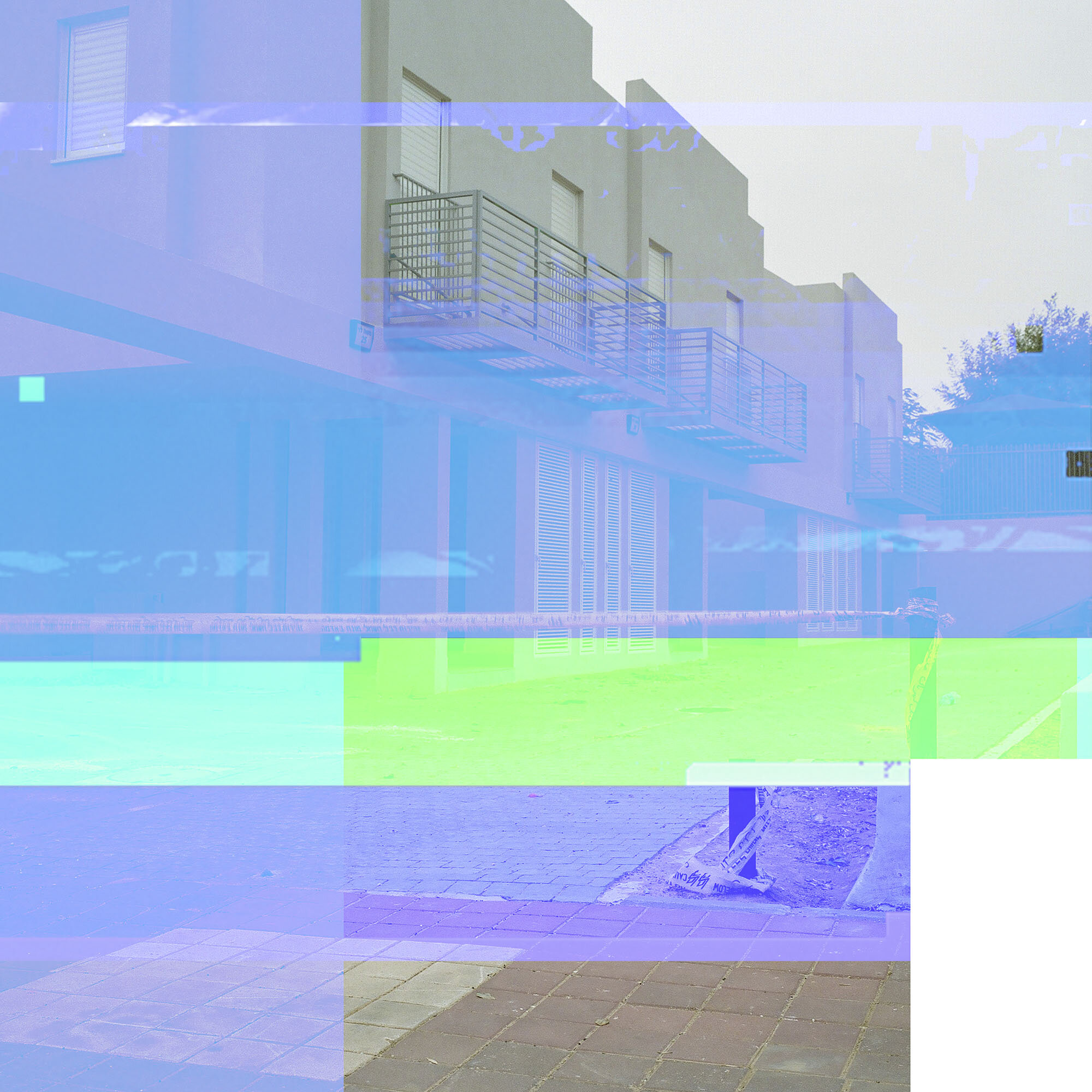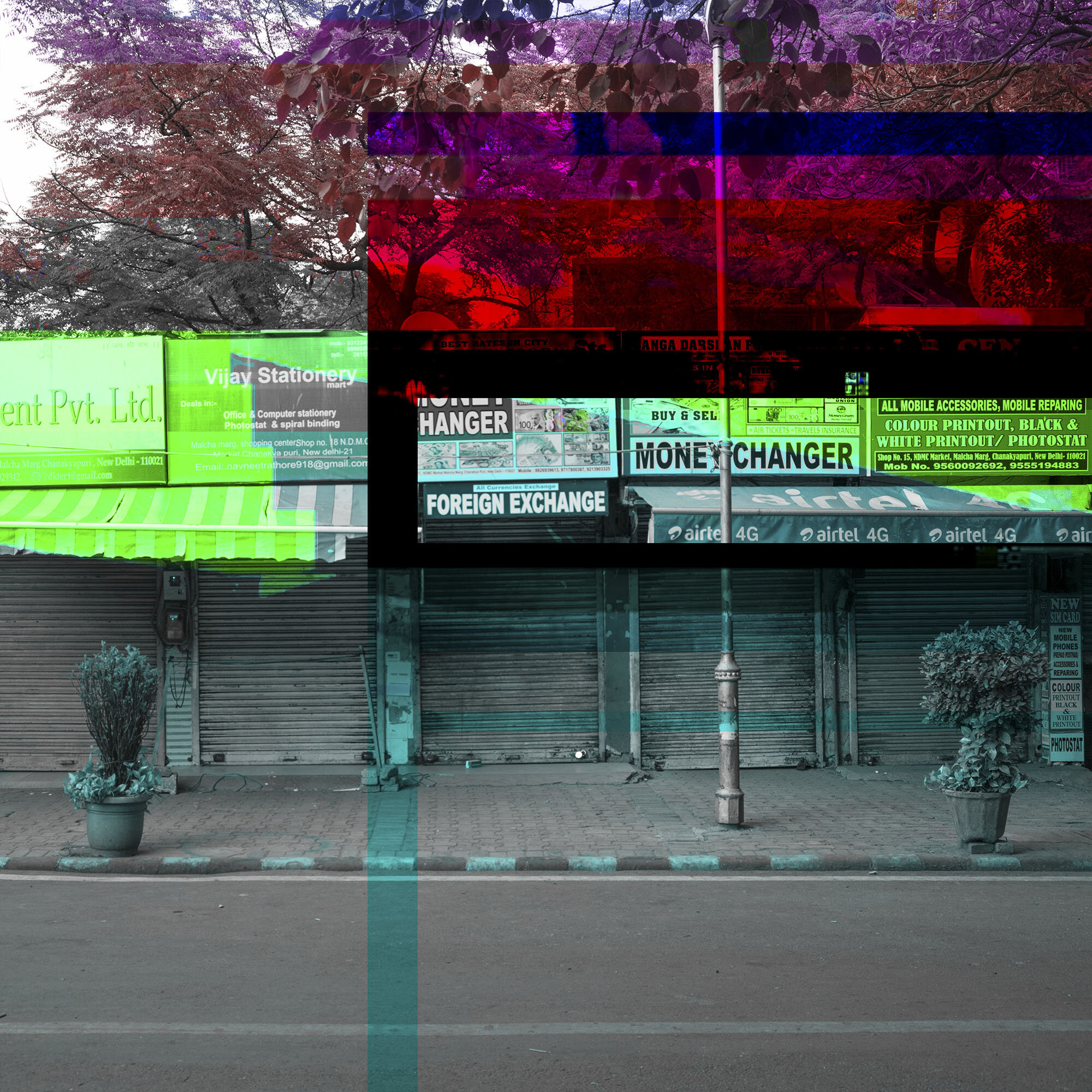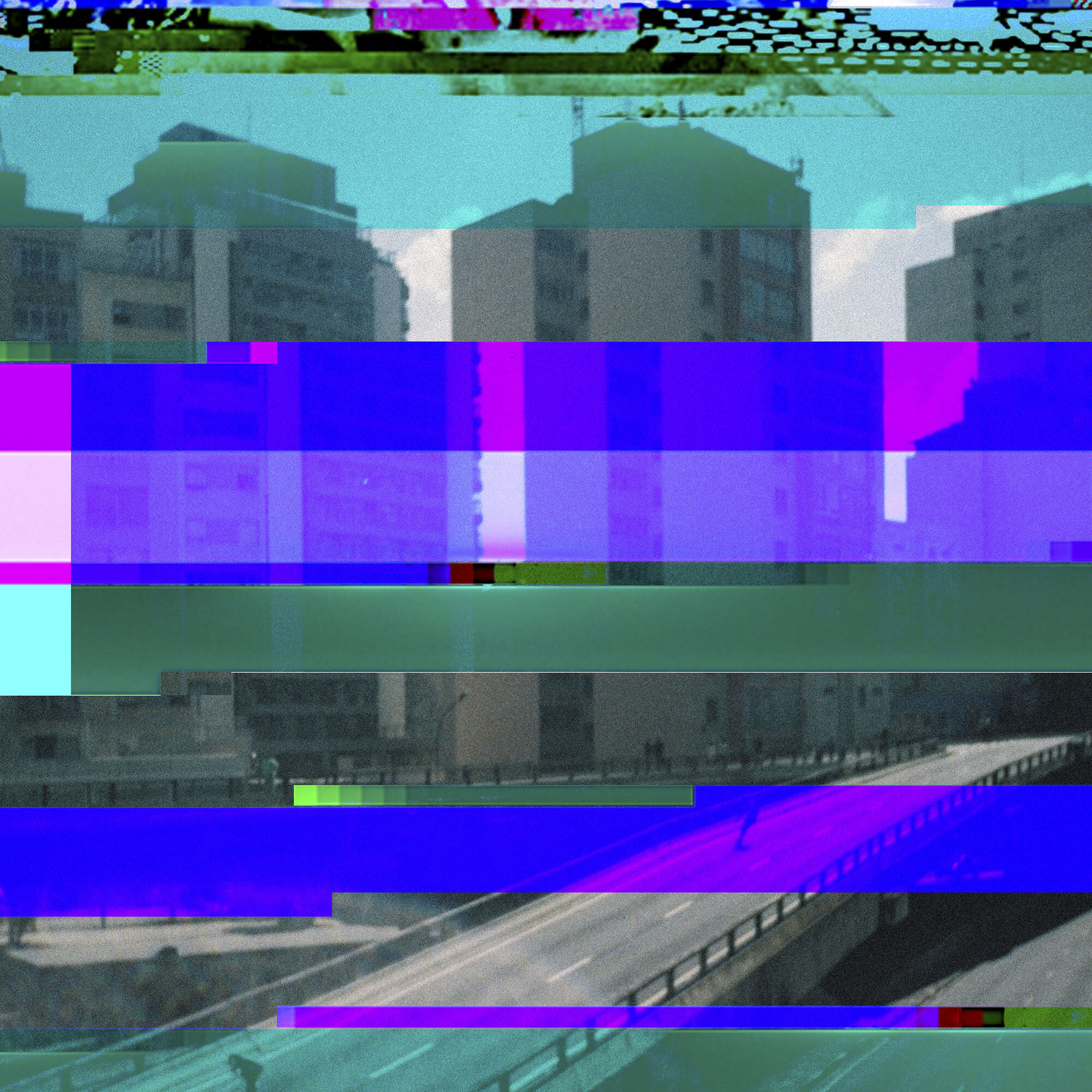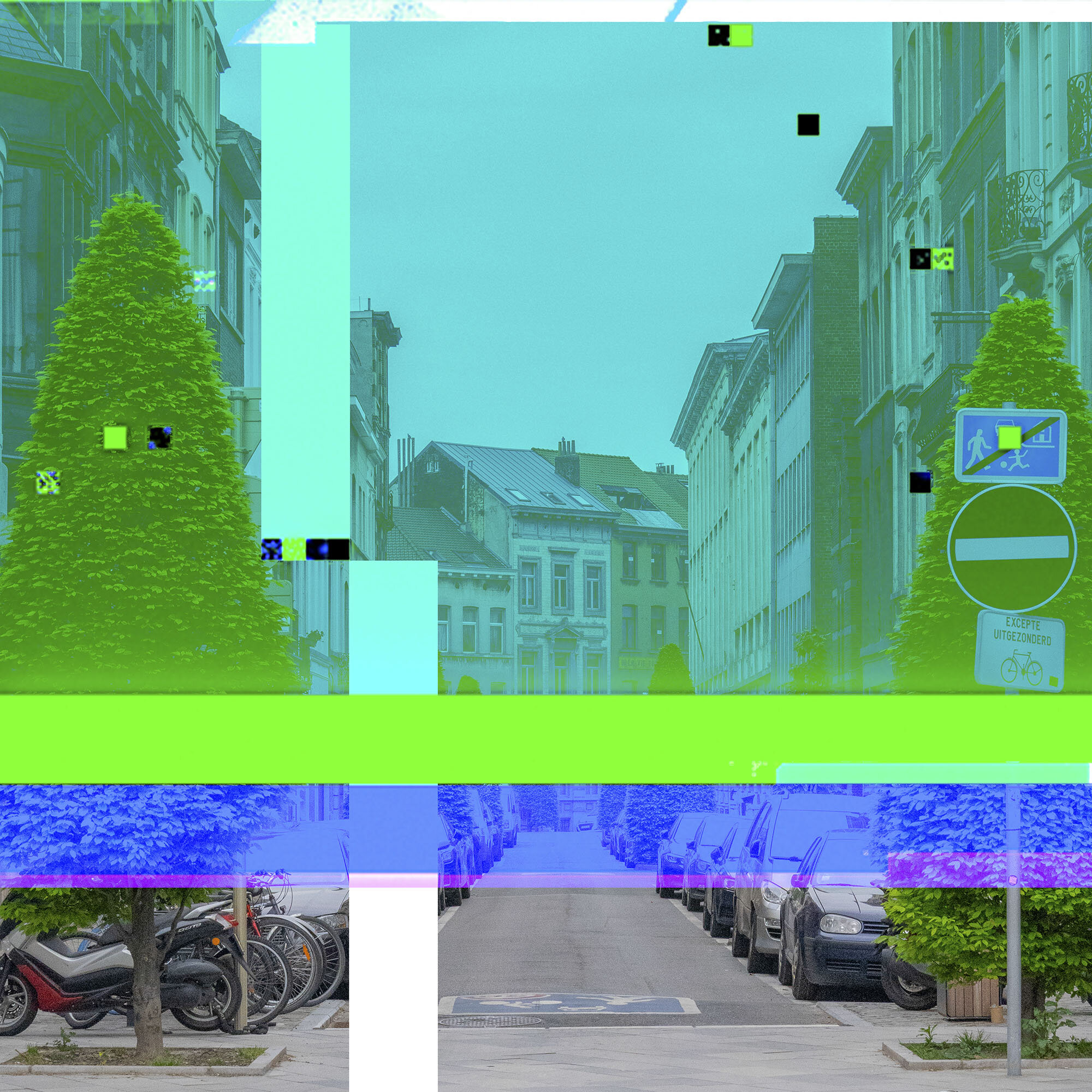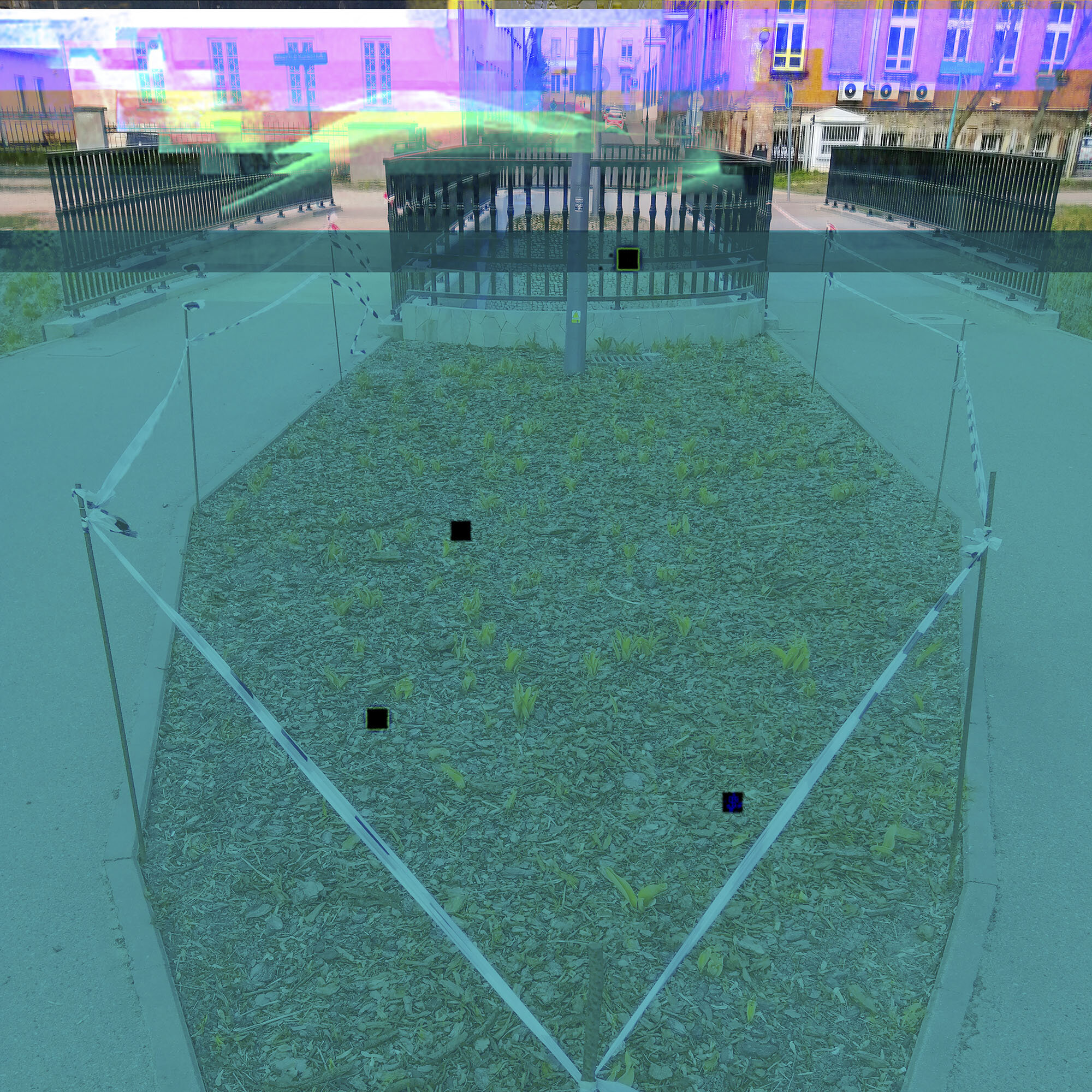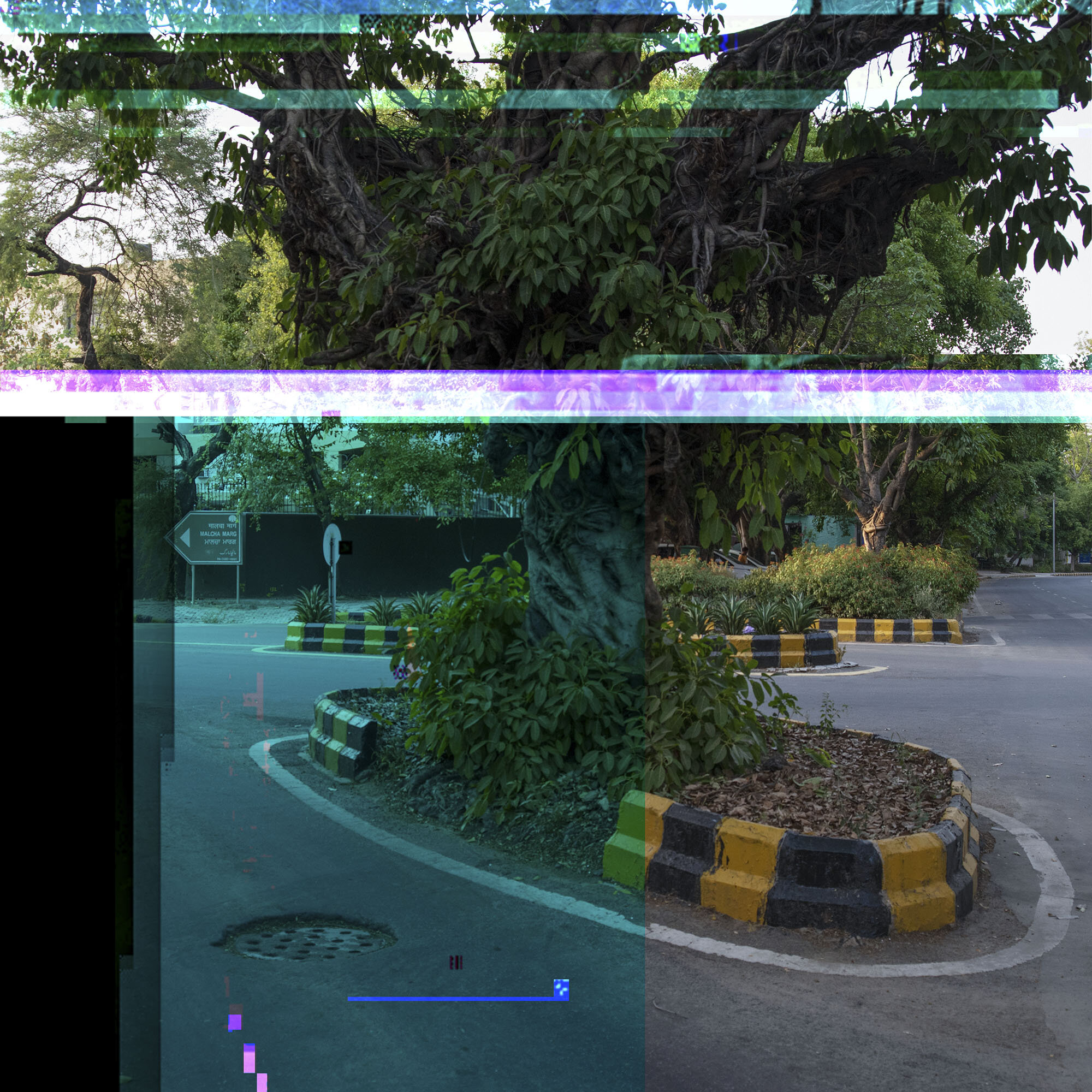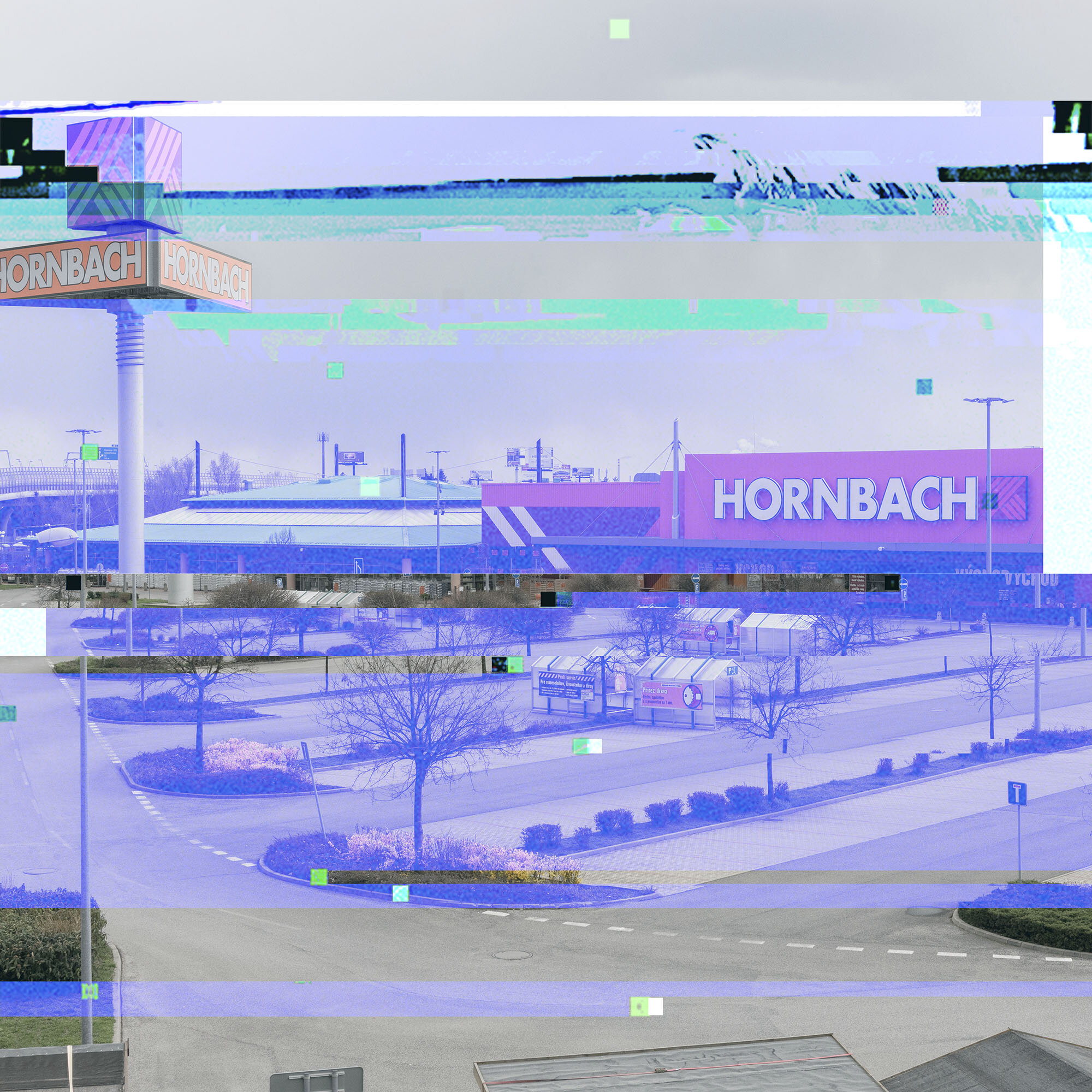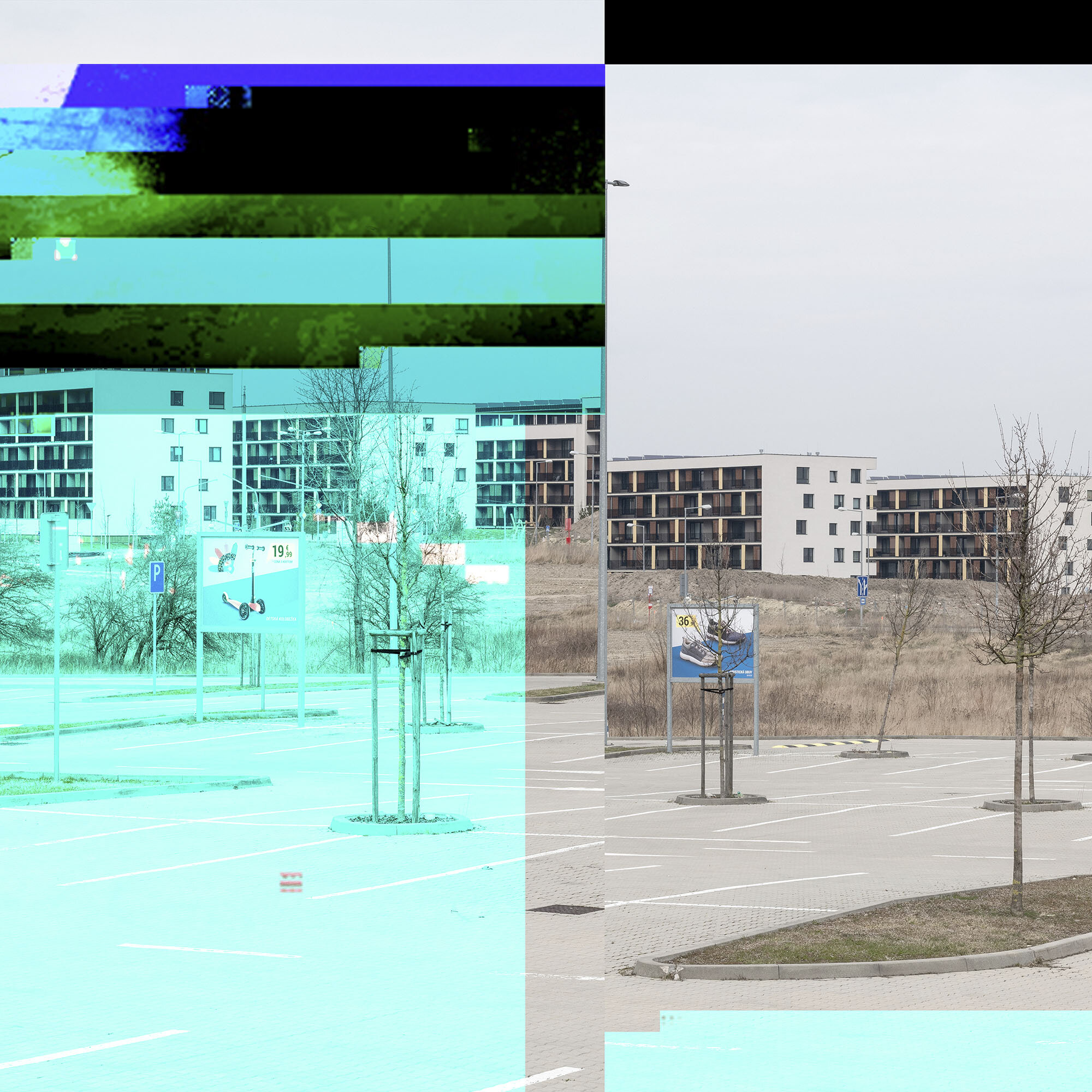A glitch in the system
Photography KristofLab
Kristóf Szabó’s collaborative ‘WRONG DATA / Empty space’ series gives an alternative look at lockdown around the world
It was only after watching antiseptic products, masks and non-perishable food items disappear from the shelves of Madrid in February, when he was visiting the ARCO art fair, that Hungarian mixed-media artist Kristóf Szabó understood the severity of the coronavirus pandemic.
Shortly after his return to his home in Budapest, an artist friend from the Spanish capital sent Szabó what would inspire his most recent project: a picture of the empty city centre.
Since then, Szabó, who works under the professional name KristofLab, has joined forces with 15 photographers around the world to produce “WRONG DATA / empty space,” a new series of digitally manipulated photographs that are both playful and revealing. His colourful distortions of solicited photos from Moscow, São Paulo, Tel Aviv and New Delhi, among other places, show how centres of urbanity are transformed when emptied of pedestrians.
Photography KristofLab
The visual disruptions of “WRONG DATA / empty space” invite us to consider the practical disruptions to the routines and practices we’ve long taken for granted. This time has been an opportunity to press pause on our overworked lives, on the exploitation of the planet’s resources, on our carbon footprint. (The human environment, and ecological concerns in particular, are key to Szabo’s artistic practice.)
Back in March, global air pollution rates dropped exponentially as more countries went into lockdown and less people got on planes and used their cars to drive around towns.
But there’s also an element of playfulness. With his colourful “glitches,” Szabó turns otherwise ghostly cities into colourful scenes that offer the viewer a new, whimsical experience of the spaces. Through this lens, Szabó spins the global crisis on its head to distil a form of positive emptiness.
